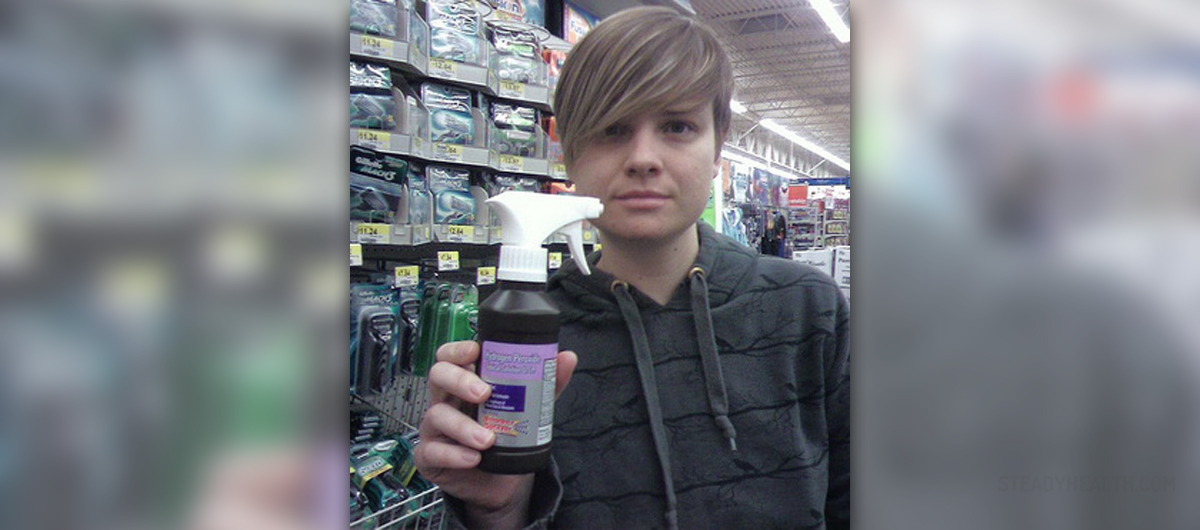
Problem with Fever Blisters
The problem of canker sores and fever blisters is present for a really long time, several thousands of years. Due to this fact, scientists are working really hard in finding ways to control the outcome of blisters better and prevent them from occurring in the first place.
The showing up of fever blisters occurs in epidemic proportions and the data claims that almost 80% of all adults and children in the United States suffered from at least one fever blister outburst.
Herpes simplex virus is the cause that leads to the development of fever blisters. Two type of this virus exist and while type 1 is responsible for the occurrence of fever blisters, type 2 leads to development of genital herpes. Both these types lead to the development of fever blisters but in a little bit less than 100% of all outbreaks herpes simplex virus 1 is the cause.
During the time a person is having fever blisters, the virus is very contagious. One of the ways in which the virus spreads is by kissing. Rubbing the sores with the hands and touching others can spread the virus as well. Oral herpes can spread after oral-genital sex with someone who is already infected with herpes simplex virus 2.
A majority of those infected with herpes simplex 1 got infected before they reached the age of 10. Even though the initial infection shows no symptoms, about 15% of those infected will experience the outburst of blisters in a period of 5 days after getting infected. Blisters are not the only sign that can be seen as fever, swollen neck glands and general aches can occur as well. The blisters usually heal after a period of 14 days. However, the virus remains in the body. There is no known cure for the virus and a person who is infected can suffer from recurring episodes at some point in his or her life.Recurrence of fever blisters is usually provoked by some factor. Some of these factors are emotional stress, fever, illness and even exposure to sunlight. In women, menstruation is a factor as well.
Peroxide for fever blister
Even though the cure for fever blisters does not exist, there are ways a person can ease the pain and discomfort that the blisters cause. Ointments and antibiotics are mainly used as treatment for the sores.
Using peroxide is a popular remedy among those who experience cold sores.
However, before using peroxide to get rid of fever blisters it is best to clean the area of the face where they have occurred. Wiping the face with a wet washcloth and applying a facial soap is the best way to do that. After rinsing the face, it should be patted dry with a hand towel.
In order to make a peroxide-containing remedy for fever blisters, peroxide should be poured into a bowl first and a few should be soaked in it. With these cotton balls a person should apply peroxide to the affected areas on the face. The blisters should be wiped back and forth a couple of time. Peroxide is good because it dries the area where it was administrated and fever blisters flourish in moist environments. This remedy should be used about three times per day, until the fever blisters are cured.
Peroxide can be used in another way as well. A person can make a paste by mixing peroxide and Aspirin. One tablespoon of peroxide should be mixed with two crushed Aspirins in order for the paste to be made. The paste is applied to the face by using a cotton swab. The paste should not be left on face for longer than 3 minutes as it can burn the skin. The paste should not be applied more than once per day. An essential thing not to forget is never to use the hands for applying peroxide to the face.


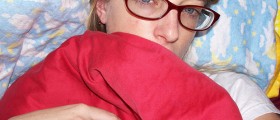

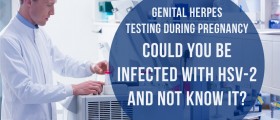


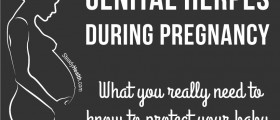

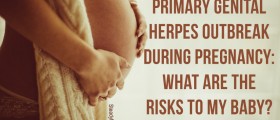

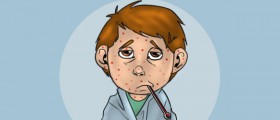
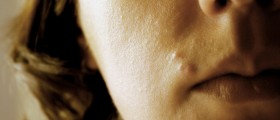
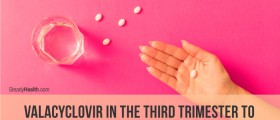

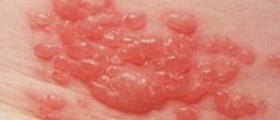

Your thoughts on this
Loading...